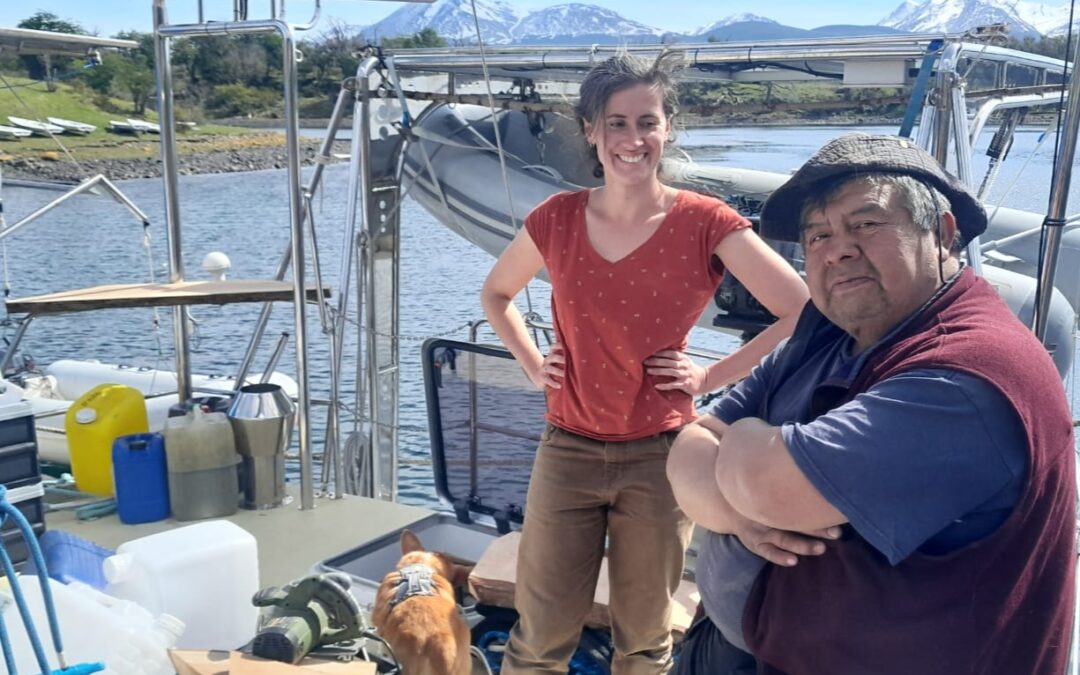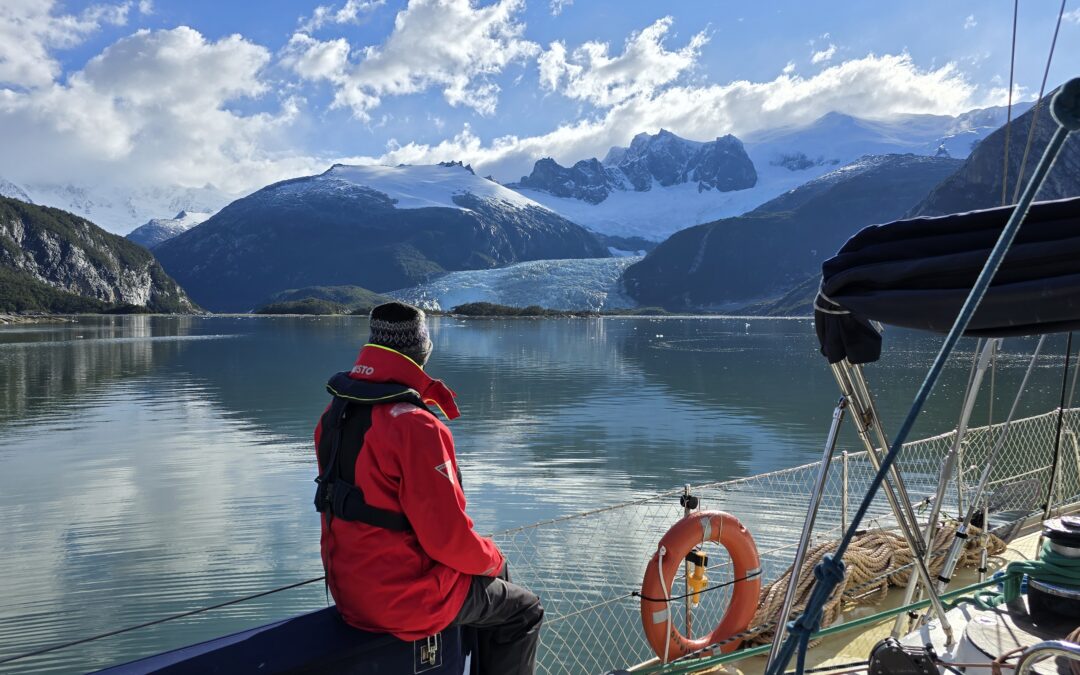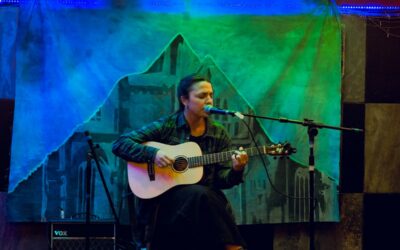
Artistic news

Association Karukinka
Loi 1901 - d'intérêt général
Dernières nouvelles du bord
La Patagonie vous fait rêver ? Rejoignez l’aventure !
Preparing for Kreeh Chinen Festival
The crew of Milagro will be present, as a partner, at the 5th edition of the Kreeh Chinen Festival! This event, which we have supported since its creation, will be held on November 29 at Restobar Punto de Encuentro in Tolhuin (province of Tierra del Fuego, Argentina)....
The 6th International Muralists Meeting at the End of the World has ended (InfoFueguina, 25/03/2025).
The closing ceremony of "EMUSH 2025" [International Muralists Meeting in Ushuaia] took place in the Niní Marshall Hall of the House of Culture. The eleven participating artists added their works to the more than 350 murals currently found in the city. The Secretariat...
“Trip to the end of the world” from la Rochelle!
If you plan to go stop at La Rochelle this summer, don’t miss this trip to the end of the world! This sound and immersive fiction was created by Sébastien Laurier in collaboration with the Phare du bout du monde (Lighthouse of the end of the world) association and the...
Light art piece to recognize and repair the Selk’nam people (Obra lumínica por el reconocimiento y la reparación del pueblo selknam, El Mostrador, 2/2/2024)
Through travelling light projection, Corporation Traitraico and Delight Lab artists help highlight the depossession history of the Selk’nam people and the fight for their recognition and repair. Translated from Spanish – Article from the El Mostrador newspaper (Chile)...
Are You Listening? Hear What Uninterrupted Silence Sounds Like (OPB Samir S. Patel)
Summertime is for road trips. Atlas Obscura and All Things Considered are traveling up the West Coast, from California to Washington, in search of “hidden wonders” — unique but overlooked people and places. It’s a little before 5:00 on a summer morning, and Matt...

![[Sailing Patagonian channels] Sébastien’s Logbook part 1](https://karukinka.eu/wp-content/uploads/2025/08/Caleta-eva-luna_012025_Karukinka4-1080x675.jpg)




